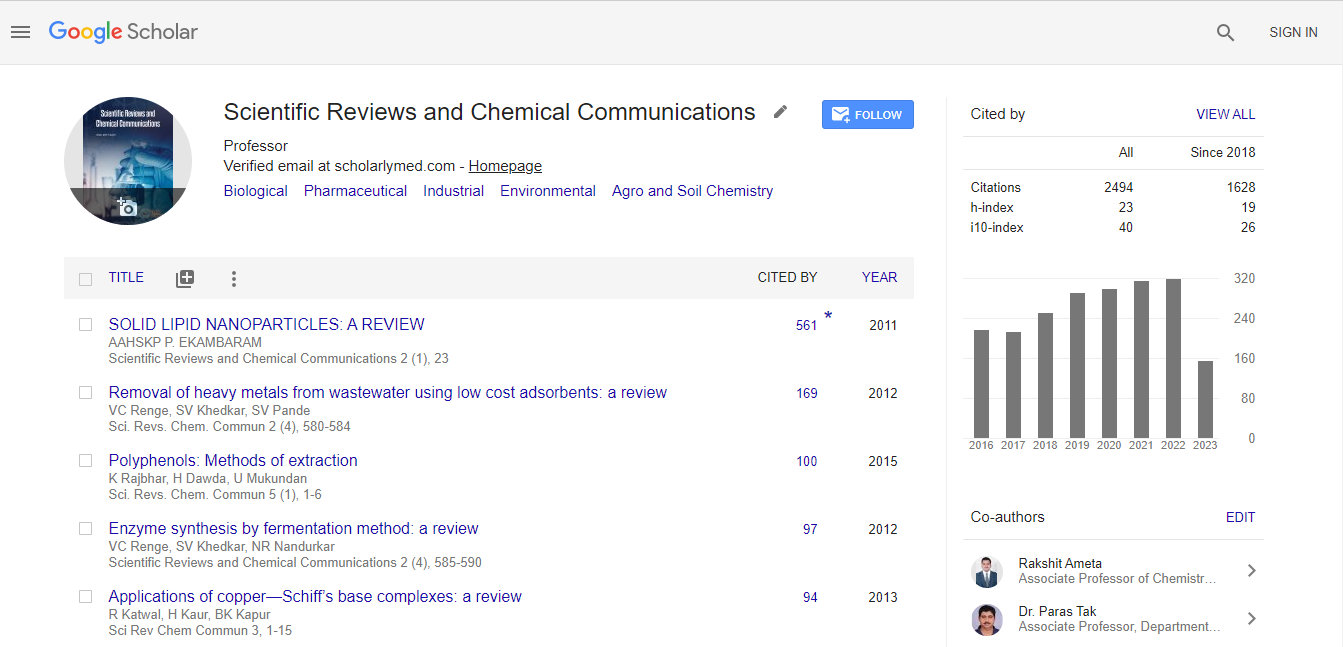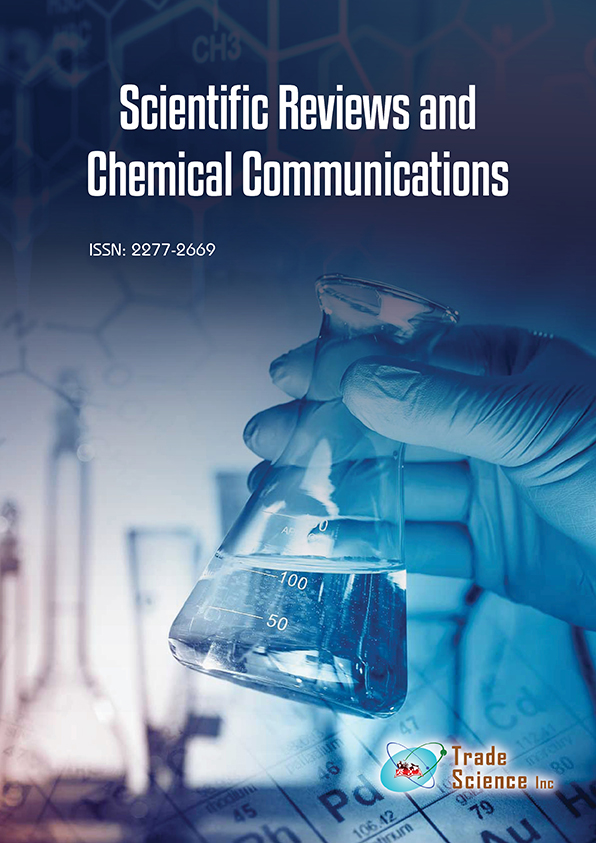Abstract
Utilization of Polymer Waste for Modification of Bitumen in Road Construction
Author(s): Shirish N. Nemade and Prashant V. ThoratGeneration of polymer waste is increasing day by day and necessity to dispose this waste in proper way is arising. This waste is disposed by using different methods such as incineration, land-filling which affects the environment; but by adding polymer into roads is the eco-friendly process. The addition of polymer into dry bitumen improves the service properties of bitumen. If we use the polyolefins waste with or without crumb rubber upto certain percentage of bitumen then the properties of modified bitumen will be increased. The use of this innovative technology (polymer loading into bitumen) not only strengthen the road construction but also increases the road life as well as will help to improve the environment and also creating a source of income. By utilization of such polymer waste would be a boon for India’s hot and extremely humid climate, where temperature frequently crosses 500C and torrential rains create havoc, leaving most of roads with big potholes. There are two types of techniques can be used for disposal of polymer waste in road construction.
Dry process is suitable because by this process 15-20 % of plastic waste addition by weight % with respective to aggregate. But considering the limitations of this process that it is applicable to plastic waste only and hence our aim of disposing the total polymer waste for eco-friendly environment cannot be completely achieved. Wet process though it requires strong mechanical stirrer and continuous rotation, batch type production and separate chamber. If processing parameters such as heat losses, temperatures etc. are properly controlled there is reduction in the residence time which minimizes production time and thus improves productivity, hence this process is economically feasible and limitations of dry process can be overcome. As far as type of polymer waste is concerned, wet process is suitable for any type of polymeric waste (rubbery or plastic) or any size and form (either strand or powder). By the actual experimentation, we obtained optimum results for polymer waste at different composition. Hence, from the results, polyolefin waste can be loaded upto 6% HDPE, LDPE upto 6%, PP upto 4% crumb rubber upto 4% and mixture of crumb rubber and HDPE waste upto 8% (4% + 4%) in road construction. Under the similar conditions most of the bitumen roads are performing well at all.

